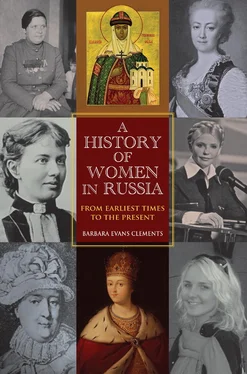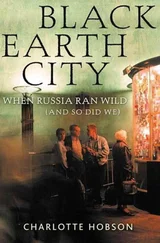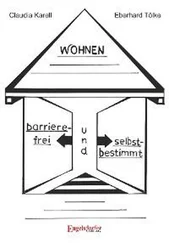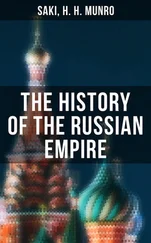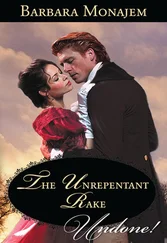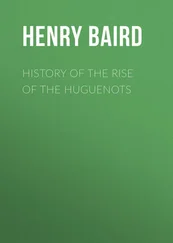Until the 1990s, historians of women in Russia in the Soviet Union and those working elsewhere had little contact with one another. The Western scholars read the work of the Soviet historians, and some of the Soviets read the Western works that were available in a few libraries. Foreign scholars doing research in Soviet archives got to know Soviet historians interested in women’s history. Then the USSR came to an end and contacts between scholars expanded exponentially. Feminist historians across the former Soviet Union (FSU) established gender studies programs, often with the assistance of outside funding; began publishing their work; and by the early twenty-first century were training a new generation of historians of women. These people, most of them women, worked on late imperial topics, such as elite education and feminism, that had been considered suspect in the Soviet period. They took a more critical view of Soviet emancipation than their predecessors. They also adapted those methodological and theoretical approaches from Western scholarship that they found useful. The result was a developing dialogue between Western and FSU scholars that was very enlightening to both sides. 5
There is still much to be done. The scholarship on the history of women in Russia is meager compared to that on subjects such as the Russian Revolution or the pre-emancipation peasantry. As a result, there are few historiographical debates as yet. Medievalists have discussed the pace at which women converted to Christianity and they have argued over whether changes in women’s property rights in the Muscovite period enhanced or diminished the authority of elite women. No major controversies have yet emerged regarding the imperial period. Scholars east and west are presently holding a decorous discussion over revising the critique of the Soviet emancipation project to minimize the stress placed on government manipulation and pay more attention to the responses of ordinary people. These debates should multiply as the historiography continues to develop.
The integration of the scholarship’s findings into the larger field of Russian and now post-Soviet history will continue as well. That is a development to which I hope this book, an attempt to synthesize the historiography to date, will contribute.

1
THE WOMEN OF THE RUS
900–1462
In 950, two peoples at the far-eastern reaches of Europe were pooling their fortunes. They were the Rus, Scandinavians who had ventured south seeking riches, and the Slavs, farmers who had lived in the great expanses of steppe and forest for centuries. The Rus brought to this alliance their skills in warfare, trade, and manufacture; the Slavs provided food and furs. Off and on for decades the two groups made alliances and marriages that brought them into ever-closer cooperation. By the year 1000, Slavs and Scandinavians were merging into one people, whom history would call the Rus, after their swashbuckling leaders.
Most Rus women spent their lives working. In the countryside, they harvested the fields and forests. In the cities, they participated in family businesses. Among the ruling elite, they managed households. Women of all classes also married, had children, experienced youth’s pleasures and hopes, and found ways to endure advancing old age. The Rus believed that men should rule women and that young women should obey their seniors. When women became seniors themselves, they required their daughters, daughters-in-law, and sons to honor and obey them. They also advised their menfolk, a custom that, among the elite, led to women becoming political advisers and, on a few occasions, regents.
Rus women’s work, family lives, participation in their communities, and spirituality were similar to those of women elsewhere in Europe, because the gender values that structured those practices were pan-European. The differences in their history arose from their existence on Europe’s far-eastern frontier. A powerful ruling elite and an omnipresent established church came to them later than they did to other Europeans. So for most of Rus history, the great majority of women were legally free farmers, living in small villages, moving to new lands at will, preserving their customs and their ancient faiths, and trying to stay out of the way of the warriors who lived to trade and fight.
The Kievan Period, Tenth Century to 1240
POLITICS
Most Rus warriors were fair-skinned, blue-eyed, and bearded, like their Viking cousins. In leather armor and pointed helmets, they navigated the broad rivers of their adopted homeland, pursuing a profitable trade in furs, honey, slaves, Persian silver, and fine manufactured goods from Byzantium. They made their capital at Kiev on the Dniepr River in today’s Ukraine and hailed the prince who ruled that city as their paramount leader. Though loosely organized, the Rus dominated the commerce of their region and even sent periodic delegations to Constantinople, the sophisticated capital of the Byzantine Empire, far to the south across the Black Sea.
The rules of Rus society were patriarchal. Family affiliations, titles, and property descended through male kin and men held all public offices, secular and religious. Age and social rank figured in the making of gender hierarchies, as they do universally, and so senior men had power over the junior men in their families as well as over all the men who ranked below them in the larger society. Older women had considerable authority over younger female kin and were supposed to receive the respect and attention of their sons and husbands. Widows may have been allowed more autonomy than married women; that was the case elsewhere in Europe and can be documented in later periods of Russian history. Elite women also commanded the obedience of the servants and slaves, male and female, who worked for them. This granting of power according to a woman’s age and her status in her family’s and society’s hierarchy extended to the lower-ranking members of Rus society as well. It would endure throughout subsequent centuries in Russia and across Europe.
Prominent among the early rulers of Kiev were Olga (c. 915–c. 969), a princess who served as regent for her son, and her grandson Vladimir I (ruled 980–1015), later canonized for converting the Rus to Christianity. Vladimir also expanded his home city and increased his control over the hinterland that supplied him with food and trade goods. His successor Iaroslav (1018–54) promoted Christianity, issued the first written law code, and sponsored still more building in Kiev.
Iaroslav did not establish a method of passing power peacefully from one generation to the next. The Rus practiced lateral succession—that is, brothers could claim the title of a deceased brother, and only after all brotherly claims were exhausted did sons inherit. Since princely families were large, this custom often led to prolonged warfare. Shortly before he died, Iaroslav commanded his sons and brothers to promise to abide by a scheme he had devised, one that ranked Rus cities in a hierarchy from Kiev down, and dispersed them as dependencies to brothers and then their sons in order of seniority by birth. His kin duly swore, then broke their oaths after his death. Iaroslav and Vladimir before him had come to power through fratricidal war, and their successors did so as well.
Such violence was common in European monarchies in the medieval period, and primogeniture, the right of the first-born son to inherit his father’s title and landed estates, even where securely established, did not guarantee peaceful succession. The special peril faced by the Rus was the presence nearby of nomadic tribes, such as the Pechenegs and Polovotsy, which were eager to take advantage of Rus disunity. Warfare among princes usually led to warfare with the surrounding peoples, disruption of trade, and the pillaging of Rus cities.
Читать дальше
